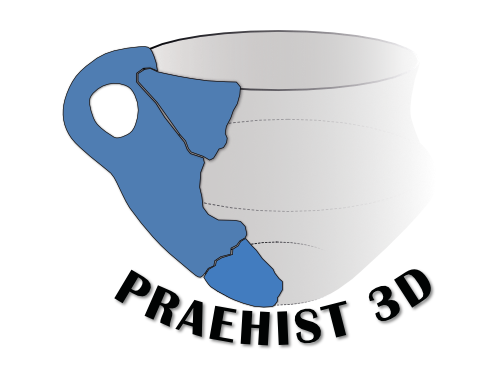Traces in the ground are usually the only remains of prehistoric buildings. For the most part, only traces of the former posts or their holes and ditches of varying depth have survived.
These can be categorized according to their nature (diameter, depth, content, etc.) and assigned to different structural elements of the former building.
This short animation shows the assumed internal structure of a Bronze Age longhouse from Hitzacker, Lower Saxony. The clip was part of a concept that sadly never received enough funding and was abandoned in the planning phase.
It is sometimes difficult to get an impression of the former building from archaeological plans and findings. Laypeople in particular are often overwhelmed by the marked post holes, wall pits and footprints. Therefore, here is a short attempt to show which components belong to a house using the components of a Bronze Age house animation.
The interior layout from left to right is:
- Covered entrance area
- The first almost square room is marked with pink bars
- The pink and green areas are separated by a kind of hallway
- large hall-like area in green with a strikingly massive end.
Of course, these reconstructions are hypothetical and may have looked very different in reality. By comparing them with other findings, buildings, ethnological examples, later written and pictorial sources, experiences from crafts and experimental archaeology, a good, reliable picture can be drawn.
The animation is a simple composition of cylinders of different sizes in Blender 3D and was rendered in Cycles.
Are you interested in 3D scans, prints, reconstructions, workshops or questions?
